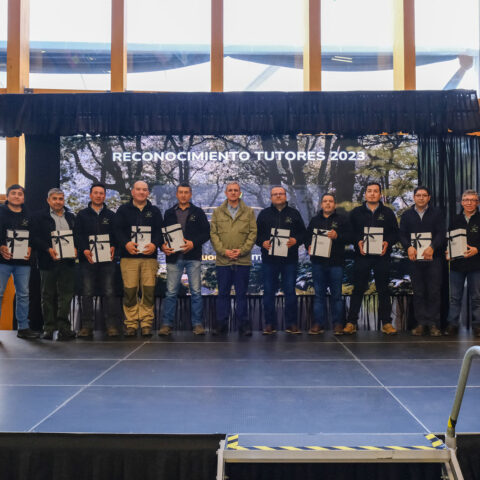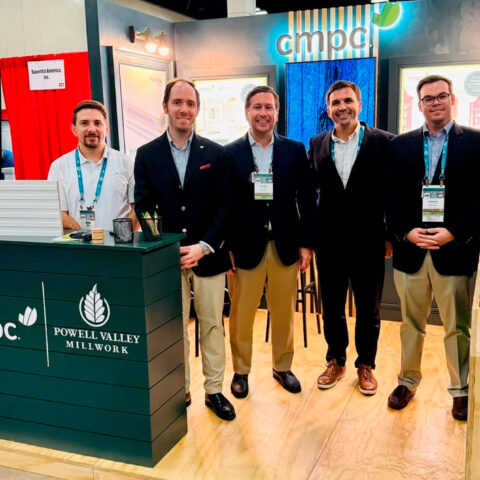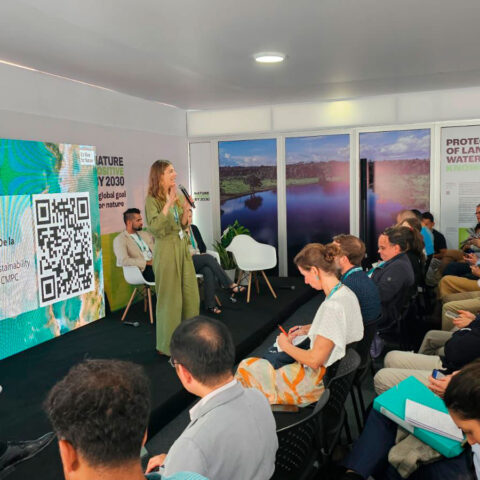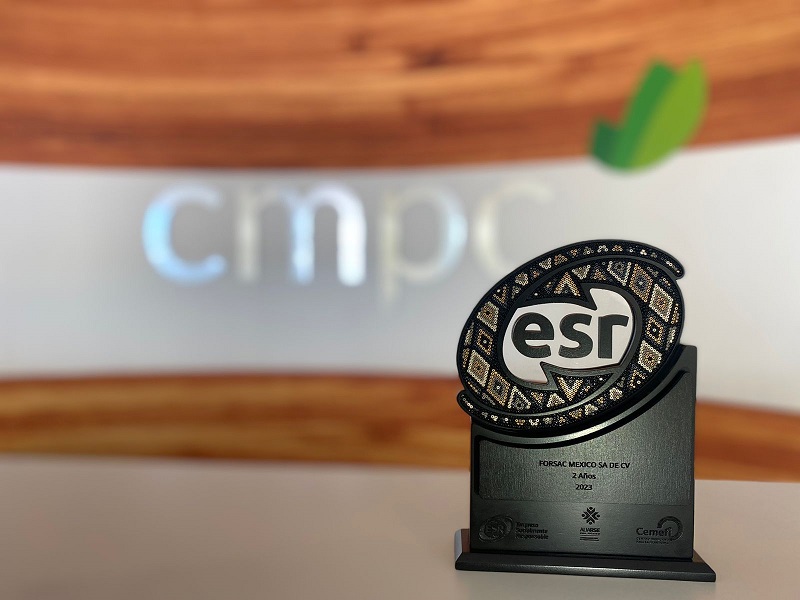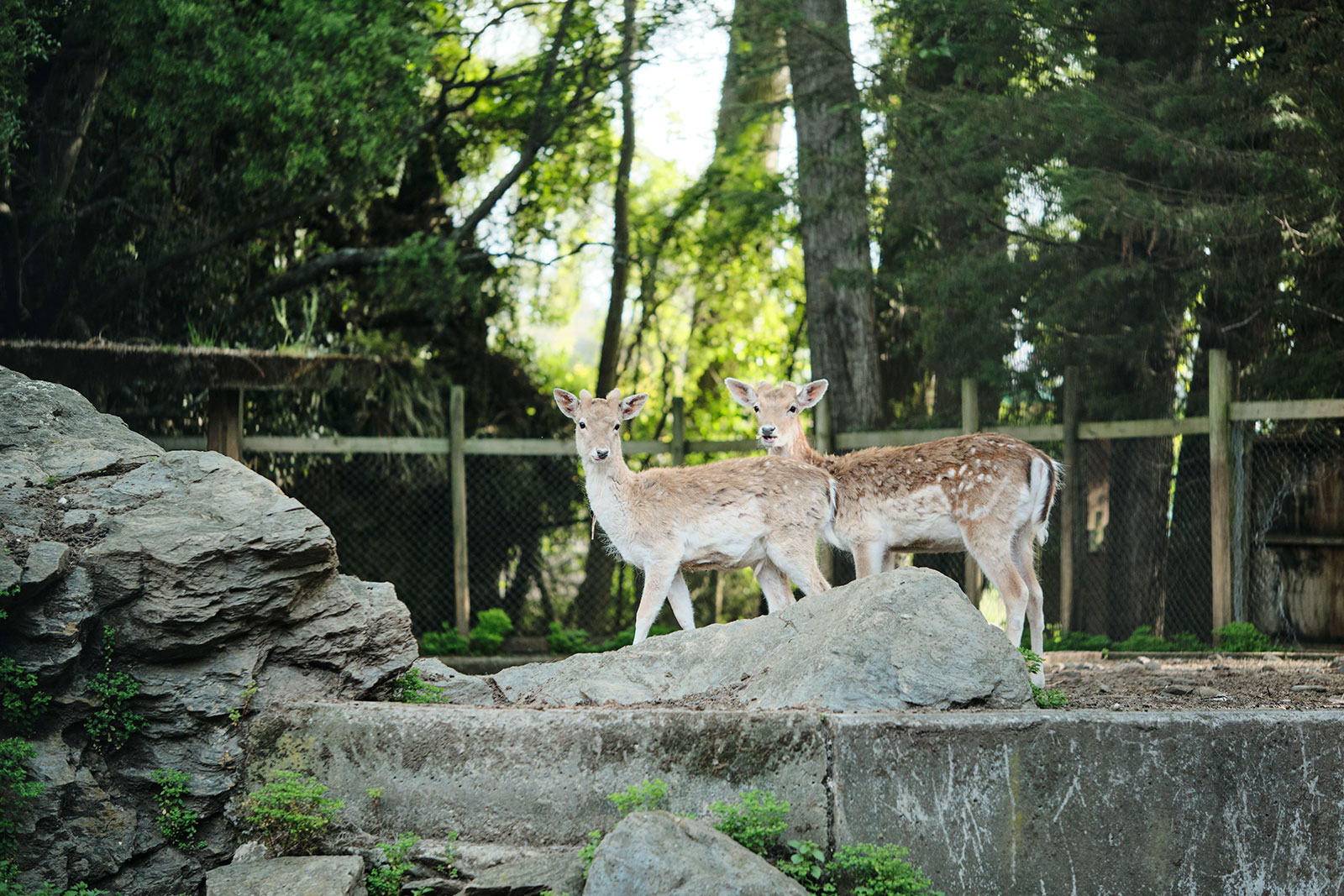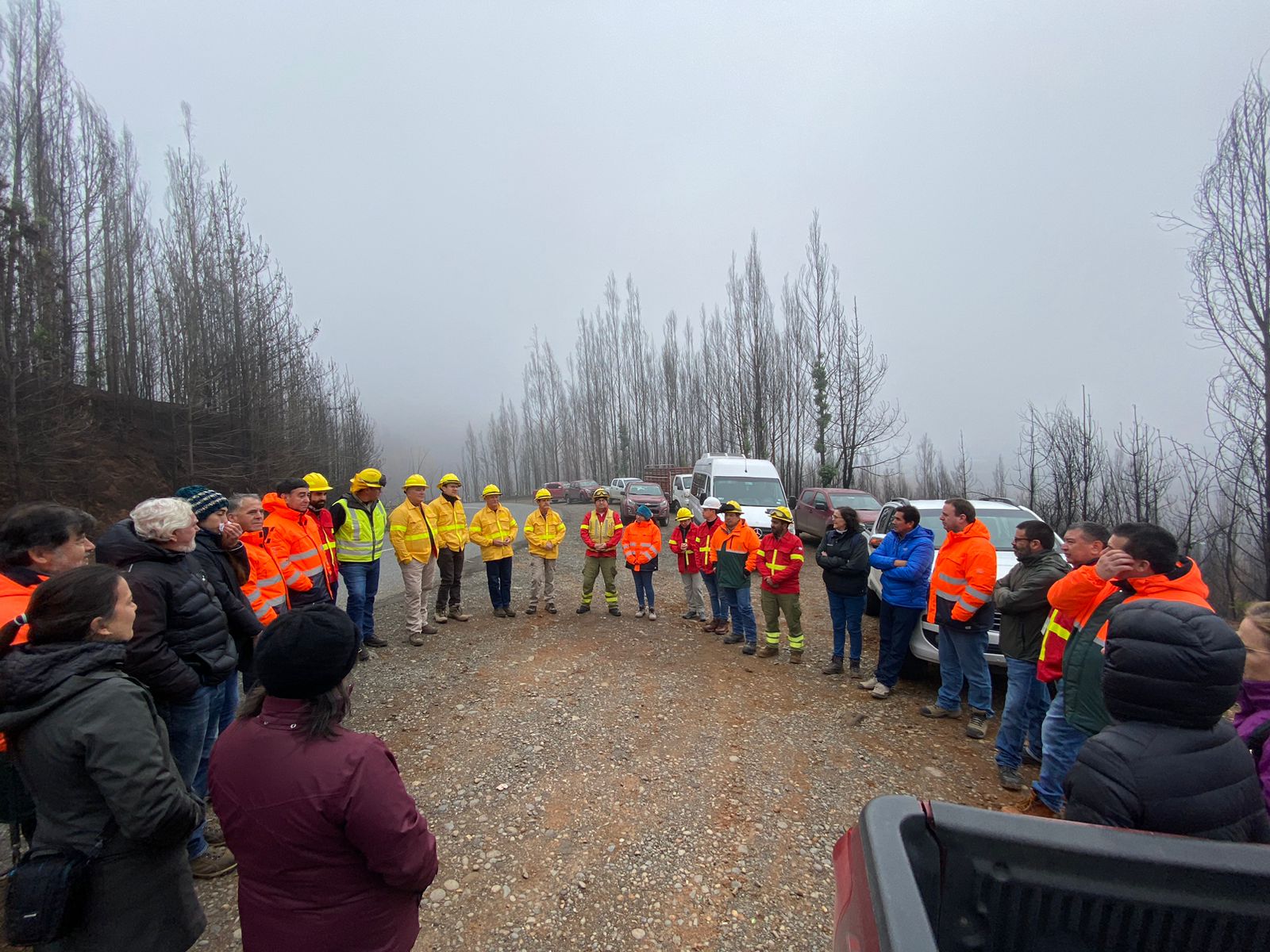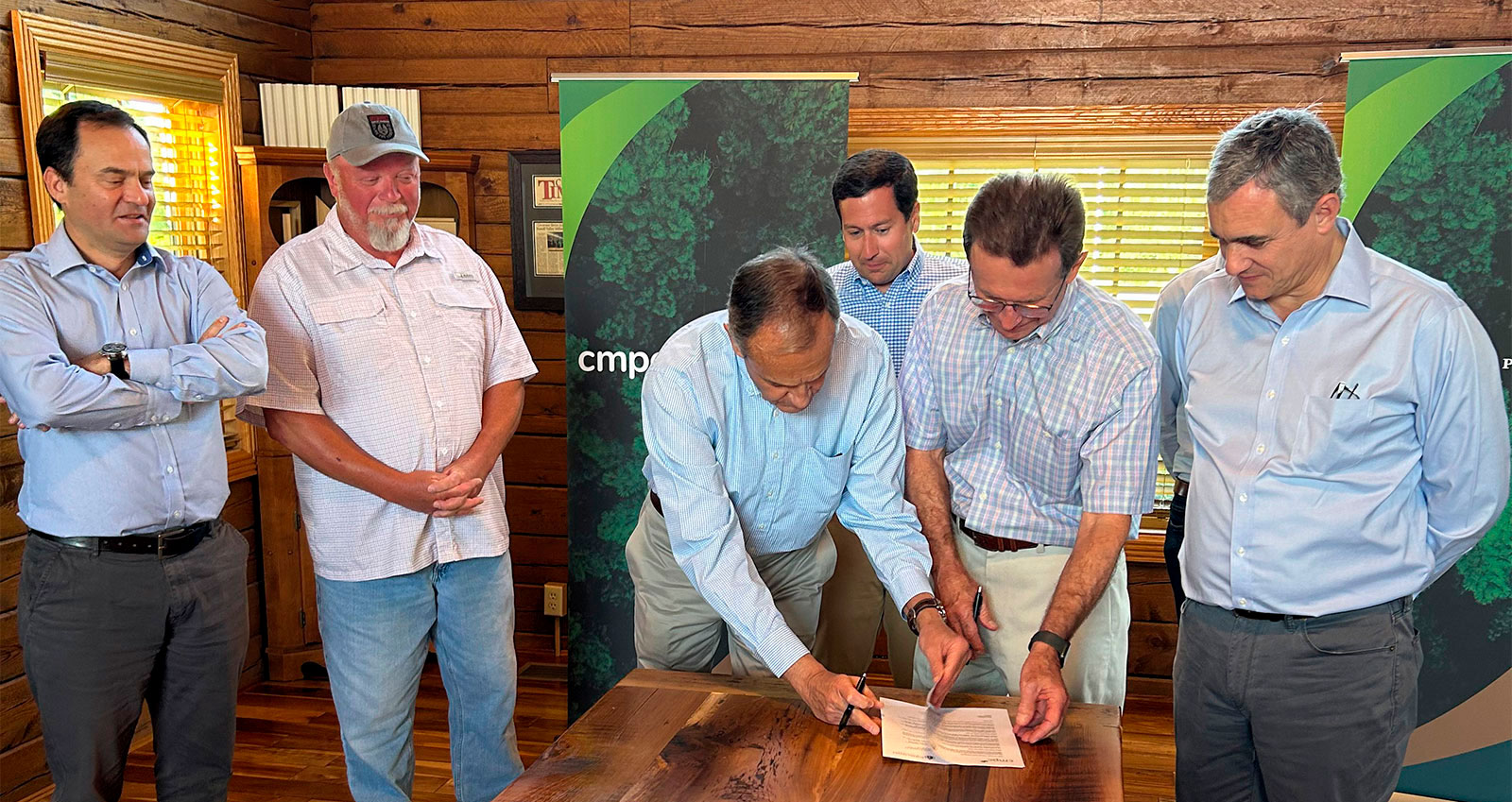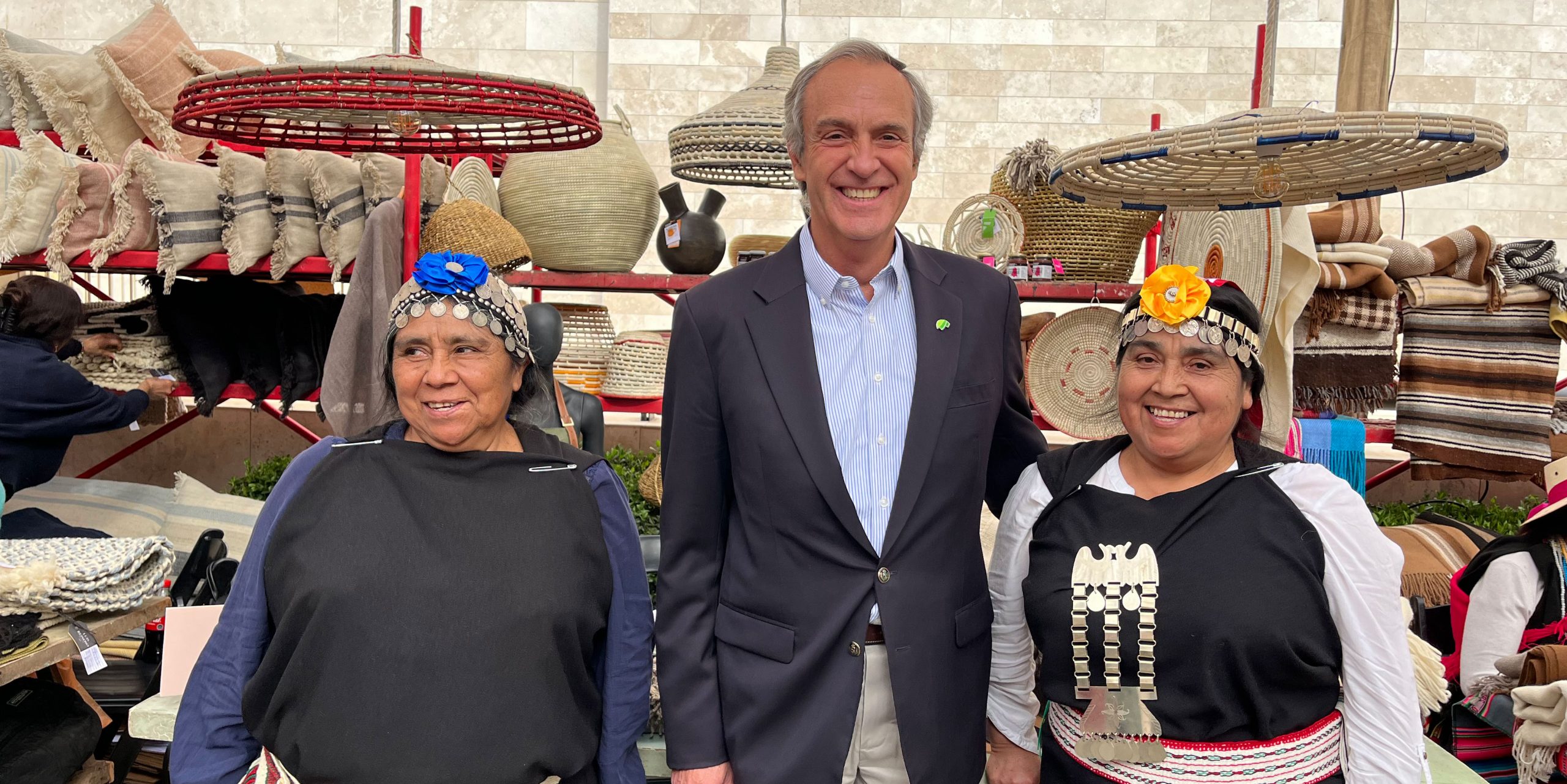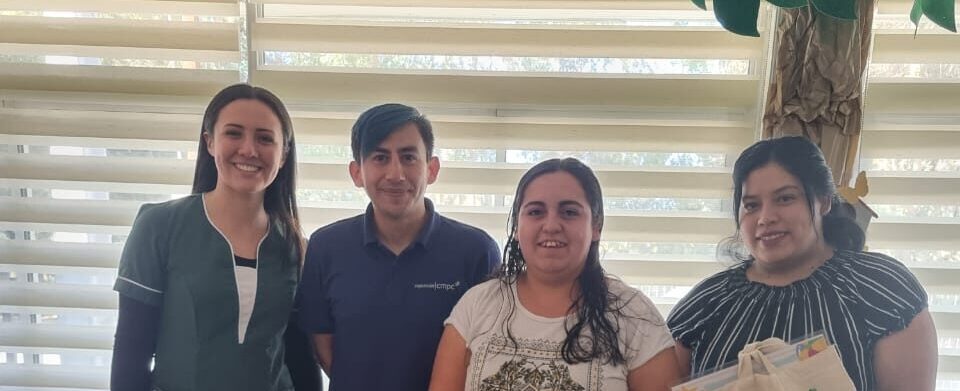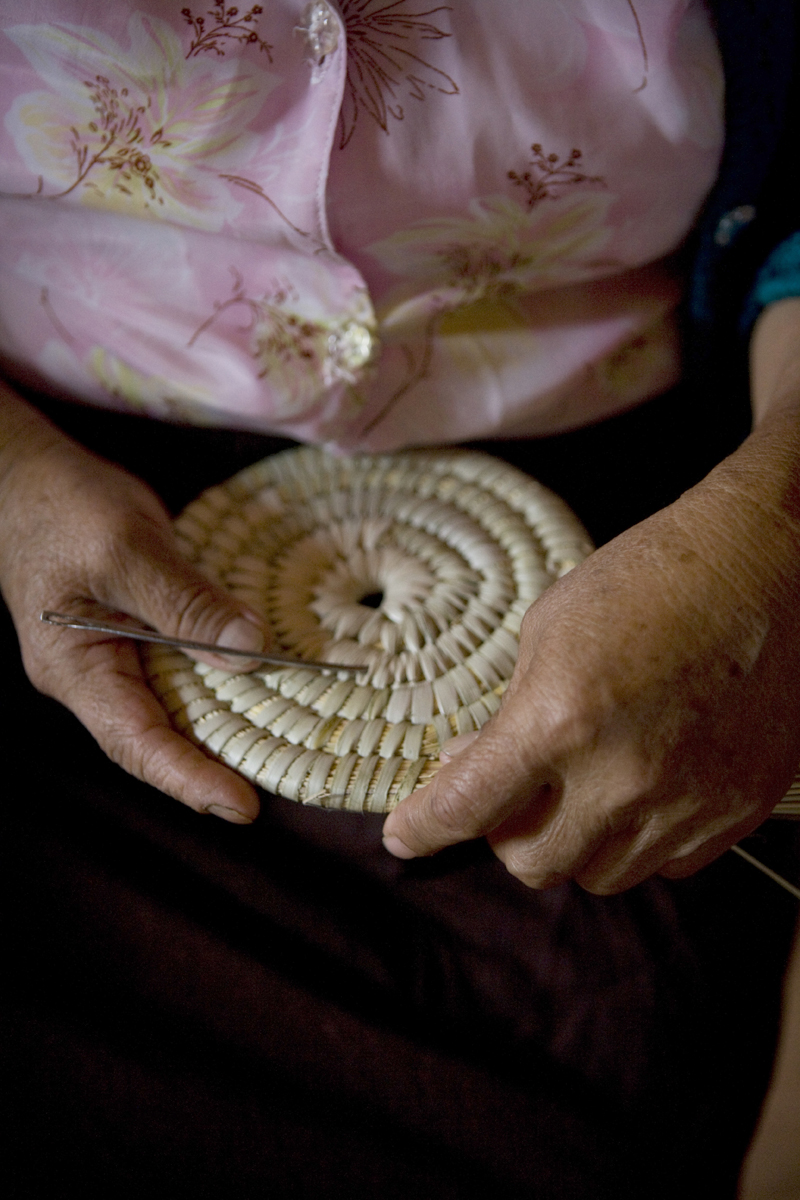
The Ñocha or Sea Holly women
07 de June, 2018
The Ñocha (Eryngium paniculatum) or Sea Holly, a native plant endemic to southern Chile and part of the Mapuche cultural heritage, was in danger of becoming extinct at the beginning of the year 2000. Its uncontrolled use and the absence of replanting strategies had placed the plant in a critical situation.
In 2005, a group of Mapuche women from Cañete, town located in the south of Chile, got together to try to rescue one of their ancestral traditions: but they lacked the appropriate means for doing so.
Their first task was to save the Ñocha. CMPC, through Forestal Mininco, placed several of its expert staff at their disposal to help rescue the species and replant it.
Once that mission was accomplished, the second step began: the female Ñocha workers had to become into Ñocha artisans.
It took several years of hard work through training, workshops and organization to create in 2012 “Nocha Malen” (or Ñocha women).
Then, these 15 female artisans of Huentelolen received the first big sign of recognition: the Seal of Excellence awarded by the National Handicraft Committee, that enabled them to become members of PetLamp, the organization that markets and fosters handicraft made by indigenous peoples around the world.
Once they had established a stable source of income and organized work, the big break came.
In 1964, Violeta Parra became the first Latin American artist to exhibit at the Louvre museum in Paris. In 2017, it was proposed that the hundredth anniversary of her birth would be commemorated through an exhibition by female artisans.
So it was how Ñocha Malen and its works arrived in France as the main attractions of the International Révélations Biennial.

